Electric vehicles have transformed the automotive industry in recent years, reshaping how we think about transportation, energy, and sustainability. One of the core components determining an electric vehicle’s performance, reliability, and longevity is its battery thermal management system.
This system governs the temperature regulation of the battery pack, power electronics, and motor components that generate significant heat during operation.
Without effective cooling, battery performance can degrade quickly, safety concerns can arise, and vehicle efficiency can suffer. The design of thermal management systems varies widely across electric vehicles, influenced by factors such as battery chemistry, vehicle size, power output, and intended use cases.
Some electric vehicles rely on relatively simple cooling systems, which often use air or single-loop liquid cooling to manage battery temperatures. These designs tend to emphasize simplicity, reliability, cost-effectiveness, and ease of maintenance.
By limiting the number of components and potential failure points, these simpler systems can effectively meet the needs of many users, especially those with moderate driving demands and temperate climates.
Vehicles like the Nissan Leaf, Chevrolet Bolt EV, and BMW i3 exemplify this approach, demonstrating that an EV doesn’t always need a complex thermal architecture to function well for typical daily driving.
In contrast, high-performance and larger electric vehicles often require more sophisticated thermal management systems to handle the increased heat generated during fast charging, spirited driving, or operation in extreme environments.
These complex systems can feature multiple cooling loops, heat exchangers, refrigerant circuits, and advanced software controls that actively manage the flow of coolant and distribution of heat throughout the vehicle.
While these systems enable improved performance, faster charging, and longer battery life in challenging conditions, they also introduce engineering complexity, higher costs, and potential maintenance challenges.
Vehicles such as early Tesla Model S versions, Jaguar I-PACE, and Audi e-tron showcase the challenges and benefits of these complex thermal systems.
Despite their engineering advancements, these vehicles have faced various thermal issues, from overheating and power throttling to extended charging times and increased wear on battery components.
Their experiences reveal the difficulty of balancing aggressive performance and range goals with the realities of thermal physics and hardware limitations.
Understanding the differences between simple and complex cooling systems provides valuable insight into electric vehicle design philosophies and trade-offs. The choice of thermal management strategy reflects a vehicle’s intended role, cost constraints, and target market.
Simpler cooling systems may sacrifice some peak performance or fast-charging capability but gain in durability, affordability, and ease of use. More complex systems push the boundaries of EV capabilities, but at the expense of increased complexity, cost, and sometimes user frustration due to thermal management limitations.
This article examines five electric vehicles known for their simple cooling systems and five others that have struggled with complex thermal issues. By comparing their designs, performance, and real-world experiences, we gain a clearer picture of how thermal management impacts the electric vehicle space.
This discussion not only sheds light on engineering challenges but also informs potential buyers, enthusiasts, and industry observers about the practical considerations involved in choosing an EV. Whether you prioritize reliability and simplicity or cutting-edge performance and fast charging, thermal management remains a critical factor in shaping the electric driving experience.
Also Read: Top 10 Cars With Zero Factory Recalls Over The Years
5 EVs With Simple Cooling Systems
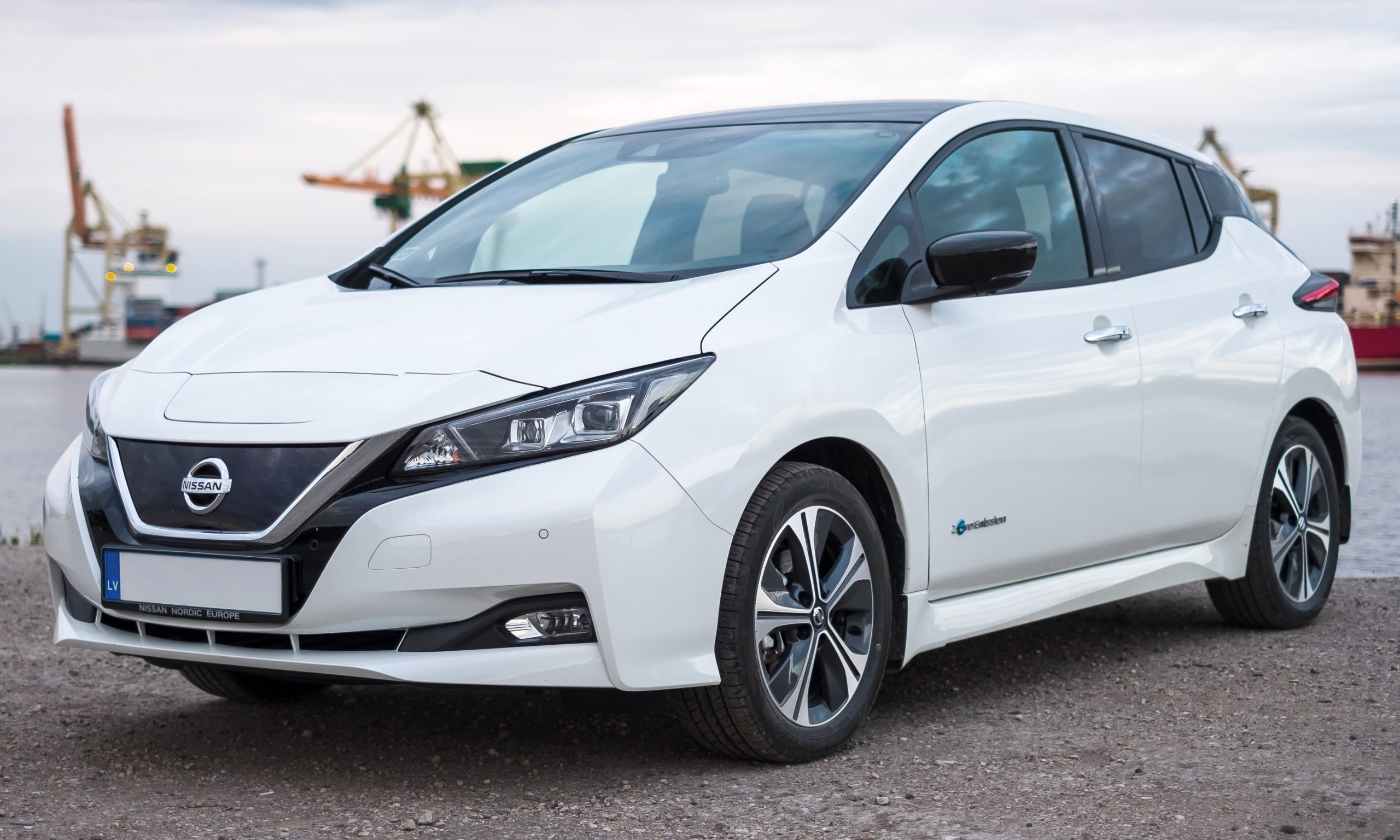
Nissan Leaf
The Nissan Leaf, launched in 2010, remains one of the most recognizable electric vehicles globally and is famous for its straightforward approach to battery thermal management. Unlike many of its contemporaries and successors that rely on liquid cooling, the Leaf’s battery pack is cooled passively through air circulation.
This means the system doesn’t actively pump coolant or refrigerant but allows ambient air to flow around the battery modules, dispersing heat naturally.
This simplicity reduces weight, lowers manufacturing costs, and significantly minimizes maintenance complexity, which has made the Leaf especially appealing as an affordable, practical EV for everyday commuting.
While passive air cooling might seem limiting at first glance, Nissan’s design works reasonably well for the Leaf’s intended use cases. The vehicle’s battery chemistry and pack configuration were chosen to tolerate a wider temperature range than some high-performance cells, allowing the system to rely on less aggressive cooling methods.
This approach is effective in moderate climates and under light to moderate driving demands. However, the lack of active cooling becomes more apparent under strenuous conditions, such as rapid DC fast charging or extended high-speed highway driving, where battery temperatures can climb quickly, triggering power reductions or longer charging times.
Another consideration with the Leaf’s passive system is the impact of ambient temperatures. In hotter climates, the battery tends to run warmer due to less heat dissipation capability, which can accelerate capacity loss over time.
Conversely, in colder regions, the battery may suffer from reduced performance due to insufficient heating mechanisms, though Nissan has implemented software controls to mitigate these effects.
Despite these trade-offs, the simplicity of the cooling system has helped the Leaf establish a reputation for long-term durability, particularly for users who drive mostly within moderate temperature environments.
The Leaf’s straightforward thermal management also contributes to the car’s efficiency. Without the need to power pumps or fans for active cooling, less energy is drawn from the battery for thermal control, improving the net range.
Additionally, fewer mechanical parts reduce the likelihood of component failures, which can be a significant advantage in reducing long-term maintenance costs.
This design philosophy has allowed Nissan to deliver a dependable and economical EV that many users find sufficient for their needs, especially as an entry-level vehicle into electric driving.
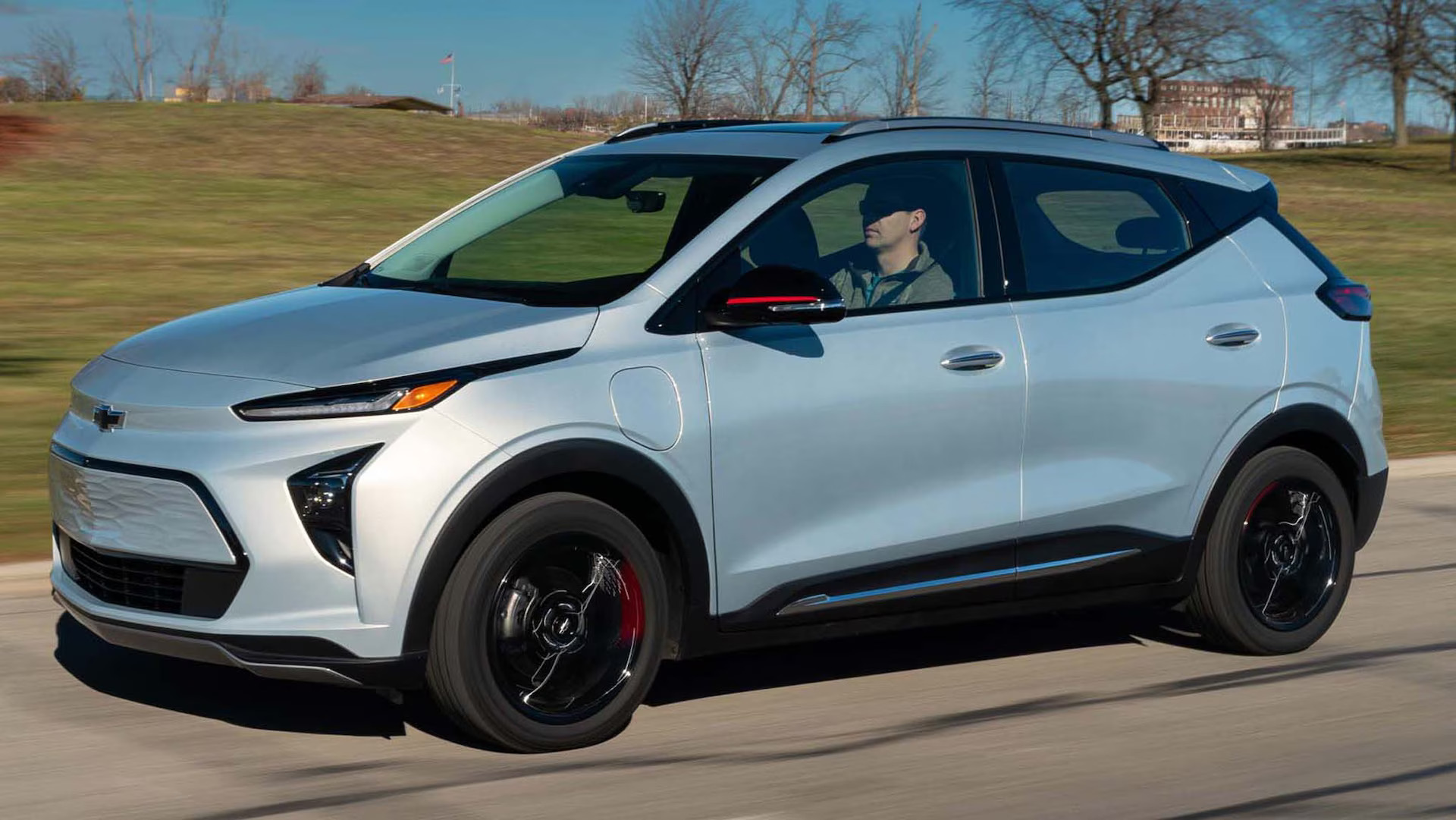
Chevrolet Bolt EV
The Chevrolet Bolt EV offers a step up from purely passive cooling by employing a direct liquid cooling system for its battery pack. In this setup, a coolant circulates through channels embedded in or adjacent to the battery cells, absorbing heat and transferring it to a radiator where the heat is expelled into the outside air.
This simple yet active cooling system provides a much more consistent way to regulate battery temperatures, helping maintain optimal performance during demanding driving and charging situations. The Bolt’s system is designed to balance effectiveness, cost, and simplicity.
Compared to more complex thermal systems, the Bolt’s single-loop liquid cooling circuit avoids unnecessary complication while still providing a robust solution that manages battery heat efficiently. This design keeps the battery operating in its ideal temperature window longer, which is critical for preserving cell life and preventing overheating during extended use or rapid charging.
The coolant loop is sealed and generally maintenance-free, enhancing system reliability and reducing ownership burdens. This makes the Bolt a practical choice for users who want better thermal performance than air-cooled vehicles without the complexity of multi-loop systems.
The Bolt’s cooling system also helps the vehicle handle fast charging better than air-cooled alternatives. By actively moving heat away from the battery, the Bolt can sustain higher charging power levels for longer periods before thermal limits force the system to reduce charging speed.
This makes it more convenient for users needing quick turnaround times on long trips or frequent rapid charging. However, the system is not without limits and can still throttle power in very hot conditions or during extended high-power use, indicating the inherent challenges of keeping cooling systems simple yet effective.
One key advantage of the Bolt’s cooling design is its integration with other vehicle systems to optimize efficiency. The coolant’s heat can be routed to warm the cabin in cold weather, improving energy use. This multi-purpose use of the thermal system allows Chevrolet to strike a balance between performance, user comfort, and system simplicity.
The Bolt’s approach has helped it remain competitive in the EV market by offering a practical and reliable battery cooling solution that addresses the essential needs of a broad range of drivers.
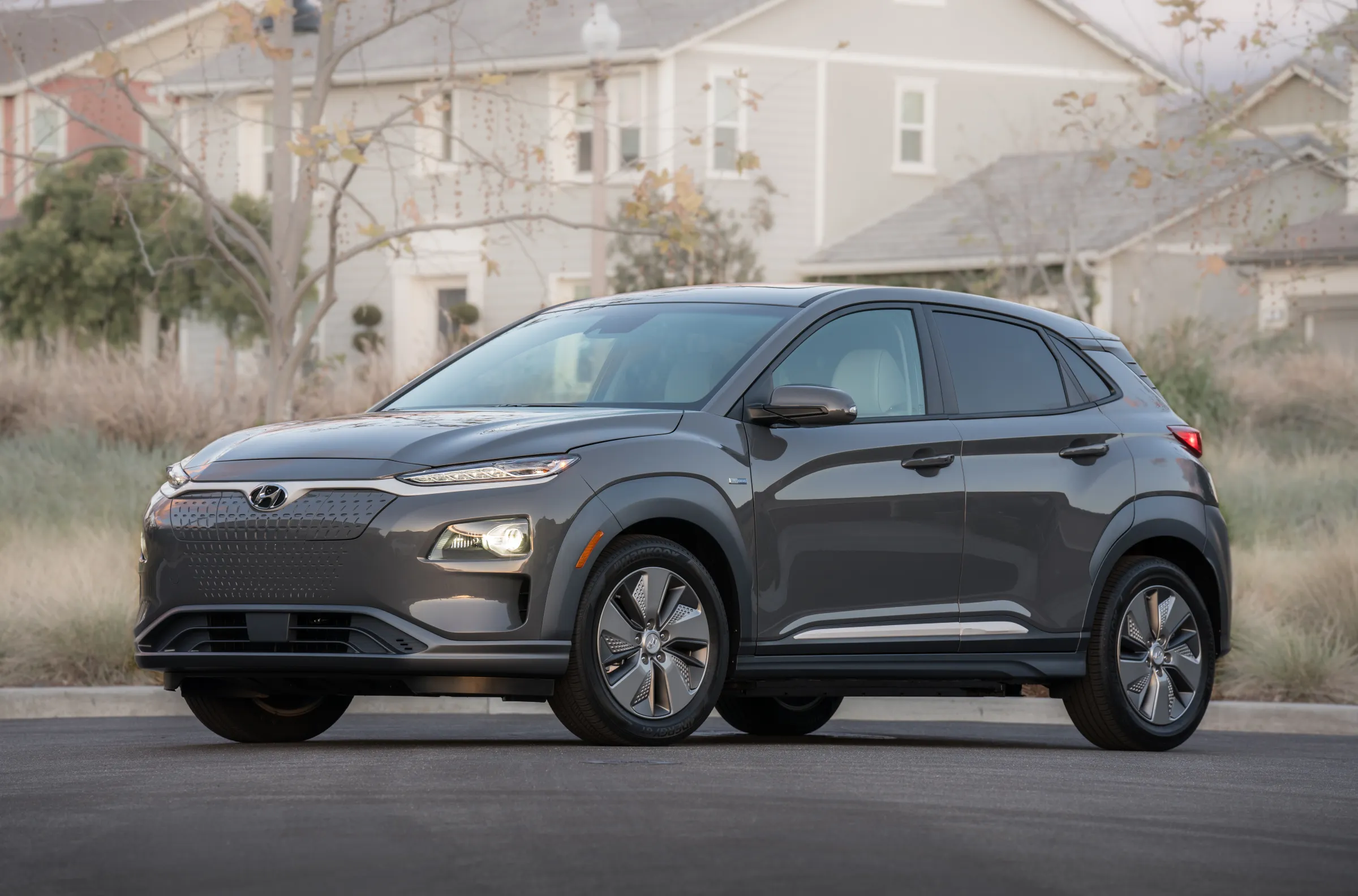
BMW i3
BMW’s i3 takes a minimalist but effective approach to battery cooling by utilizing a small, dedicated liquid cooling loop. The system circulates coolant directly through the battery pack, absorbing heat generated during driving and charging and transferring it to a radiator for dissipation.
This approach provides a higher level of thermal control compared to passive cooling, without the complexity of multi-loop or refrigerant-based cooling systems. The i3’s liquid cooling system is carefully engineered to fit the vehicle’s compact design and focus on lightweight urban mobility.
The choice to implement a straightforward liquid cooling loop aligns with the i3’s emphasis on sustainability and efficiency. The vehicle uses an advanced battery chemistry that is relatively tolerant to temperature variations, which means the cooling system does not need to be as aggressive as those in high-performance EVs.
This allows BMW to maintain thermal stability with less hardware and fewer components, reducing weight and complexity. Consequently, the i3 can deliver consistent performance and maintain battery health without the overhead of more complex thermal management architectures.
Despite the simplicity, the i3’s cooling system is effective in managing the typical heat loads encountered during urban driving and periodic fast charging. It prevents excessive temperature spikes that can shorten battery life or require power reduction.
The system also aids in cold-weather performance by efficiently maintaining battery temperature above critical thresholds, which helps preserve range and reliability in colder climates. The i3’s design strikes a thoughtful balance between sufficient cooling and system efficiency.
The liquid cooling loop in the i3 requires minimal maintenance, thanks to a sealed design with long-lasting coolant and durable pumps. This adds to the vehicle’s reputation for reliability and low operating costs. BMW’s implementation demonstrates how an intelligently designed simple cooling system can meet the needs of an electric vehicle with modest power demands, offering an alternative to heavier, more intricate thermal architectures that increase cost and complexity.
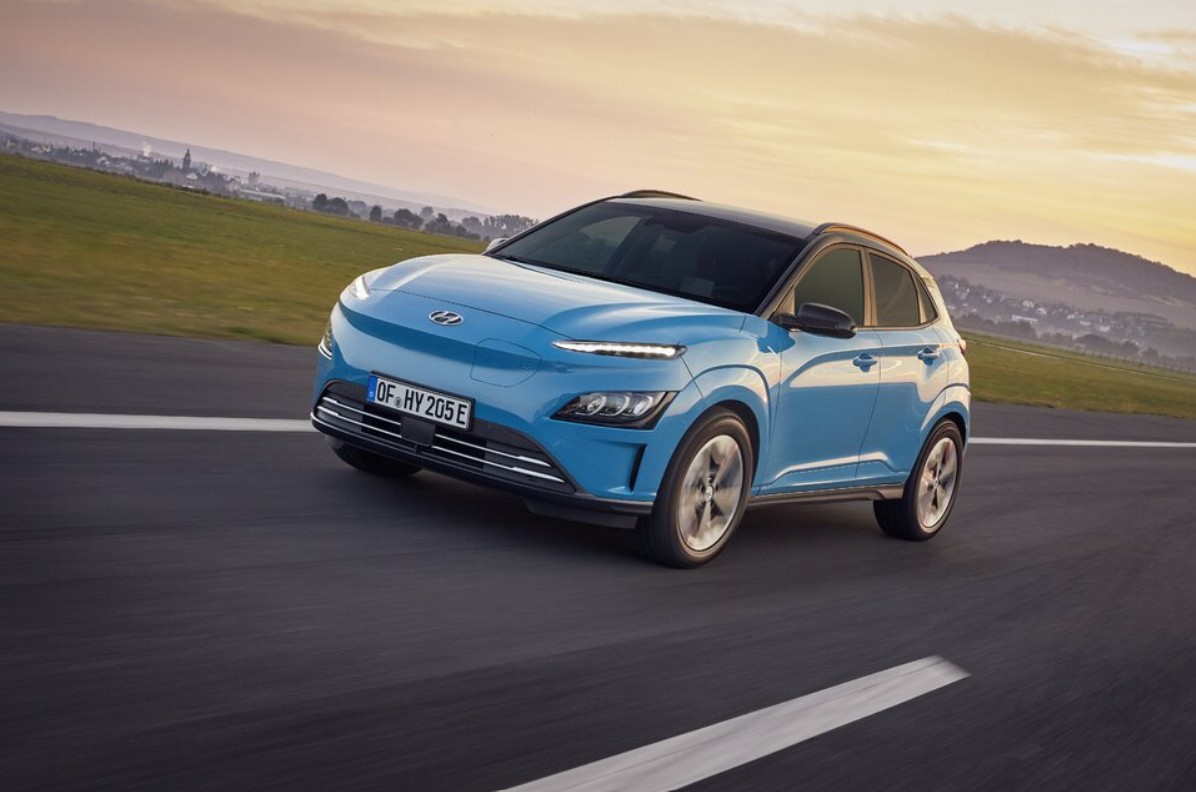
Hyundai Kona Electric
The Hyundai Kona Electric incorporates a simple yet effective liquid cooling system for its battery pack, designed to maintain steady temperature control without the need for overly complicated mechanisms.
The system circulates coolant through channels surrounding the battery modules, transferring heat away from the cells and into a radiator, where it dissipates into the ambient air. This active cooling method allows the Kona to sustain consistent performance during extended drives and fast charging sessions.
Hyundai’s design prioritizes reliability and cost-effectiveness by avoiding multi-loop or refrigerant-based cooling circuits found in more complex EVs.
The Kona’s cooling system supports sufficient thermal regulation to prevent overheating and reduce battery degradation over time. This approach makes the vehicle well-suited for a wide range of climates and driving styles, with a focus on everyday usability and comfort.
The cooling loop is also integrated with the vehicle’s HVAC system, allowing heat generated by the battery and power electronics to be reused for cabin heating during colder weather.
This integration improves energy efficiency by reducing the load on the electric heater and contributes to a more comfortable passenger experience. This functional dual use of the thermal system underscores Hyundai’s practical approach to balancing complexity and efficiency.
Moreover, the Kona Electric’s cooling system helps the vehicle maintain competitive fast charging rates without the need for heavy or costly thermal components.
By controlling battery temperatures effectively, the Kona can charge quickly while protecting battery health. This system’s simplicity also lowers maintenance demands and potential repair costs, factors that contribute to the Kona Electric’s strong market position as a dependable and affordable electric SUV.
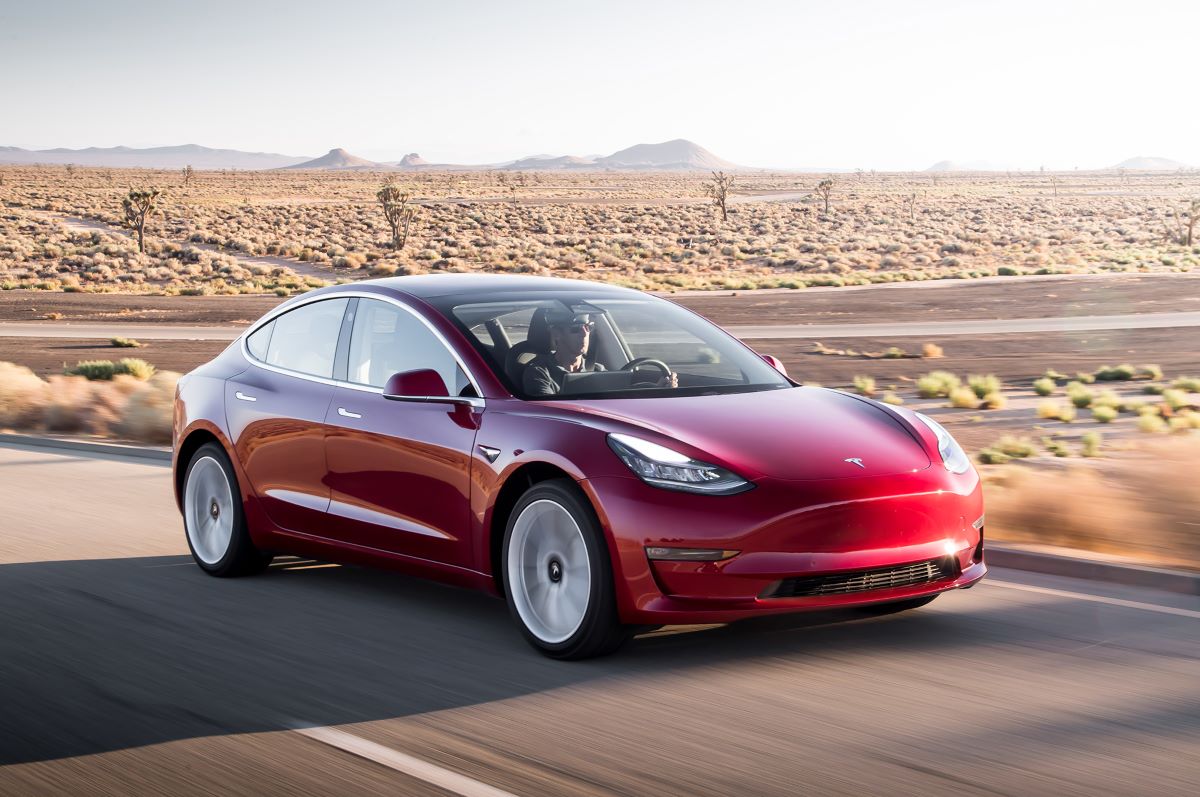
Tesla Model 3 (Early Versions)
The initial Tesla Model 3 featured a relatively simple cooling system compared to Tesla’s later vehicles, focusing primarily on a single liquid coolant loop that served the battery and electric motors.
This design allowed Tesla to meet the Model 3’s thermal management needs effectively without the additional complexity found in the company’s flagship Model S and Model X vehicles. The single-loop system circulated coolant through channels in the battery pack and motor components, transferring heat to radiators for dissipation.
This straightforward cooling approach proved sufficient for the Model 3’s initial performance targets and range expectations. By limiting the number of cooling loops, Tesla reduced the vehicle’s weight and production complexity, enabling faster scaling of manufacturing and more competitive pricing.
The system’s design was also complemented by advanced battery chemistry and pack architecture, allowing the Model 3 to operate safely and efficiently within the thermal constraints of the simple cooling setup.
In practice, the Model 3’s cooling system managed battery temperature well during typical daily use, including highway driving and moderate charging speeds.
However, it faced some challenges during repeated supercharging sessions or aggressive driving in hot environments, where the battery temperature would rise enough to trigger power reduction or slower charging to prevent overheating. This limitation pointed to the need for more advanced thermal solutions as Tesla expanded performance capabilities.
Tesla has since upgraded the Model 3’s thermal system in later revisions, adding additional cooling loops and integrating heat pump technology to improve heating efficiency and battery temperature regulation.
Still, the early Model 3 cooling system remains a strong example of how a relatively simple liquid cooling loop can provide a reliable and cost-effective solution that meets the needs of many drivers without unnecessary complexity.
5 EVs With Complex Thermal Issues
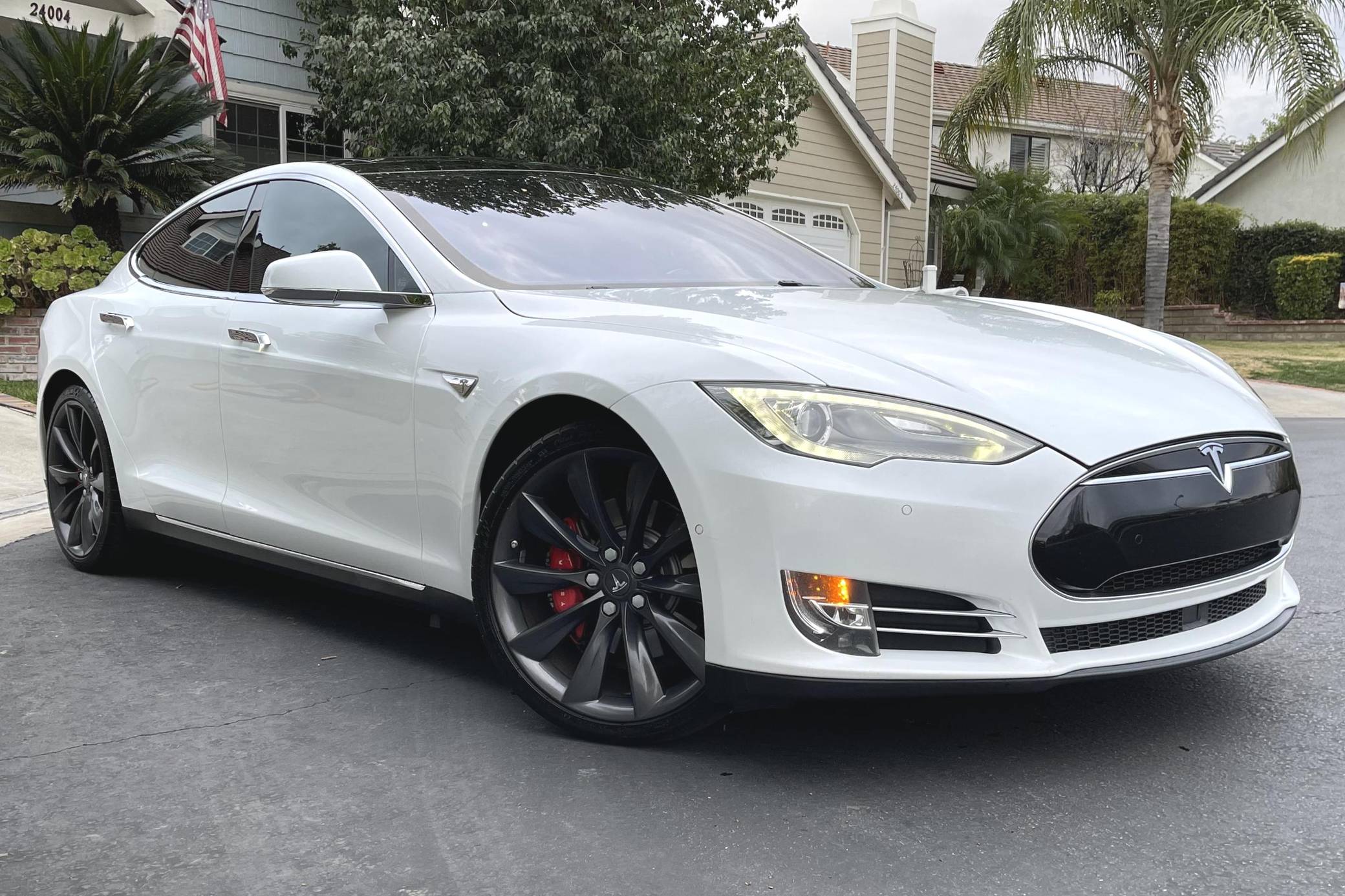
Tesla Model S (Early Versions)
The early Tesla Model S was revolutionary in many ways, pushing the boundaries of electric vehicle performance, range, and luxury. However, this innovation came with significant thermal management challenges.
The Model S was equipped with a large, high-capacity battery pack designed to deliver impressive range and power, but managing the heat generated by such a sizable energy source proved difficult.
Tesla implemented a sophisticated liquid cooling system integrated with multiple loops and heat exchangers to manage the battery, power electronics, and motors, but early versions still struggled to fully control thermal buildup under demanding conditions.
During rapid consecutive supercharging sessions or aggressive driving, the Model S’s battery temperatures could rise to levels that activated safety measures. These thermal events caused the vehicle to temporarily reduce charging speeds and limit power output to avoid overheating.
Such thermal throttling, while protecting battery health and safety, could frustrate drivers accustomed to the Model S’s otherwise impressive performance. Moreover, thermal stress over time contributed to battery degradation, raising concerns about long-term reliability and resale value.
Tesla’s early Model S thermal issues highlighted the delicate balance between battery size, energy density, and cooling capability. The complexity of the cooling system featuring pumps, valves, and multiple coolant circuits meant higher production costs and potential maintenance challenges.
Tesla engineers worked intensively to optimize the system through hardware upgrades and increasingly sophisticated software controls that monitored cell temperatures and dynamically adjusted coolant flow. Despite these improvements, managing heat in large battery packs remains one of the most complex engineering challenges in EV design.
The experience with the Model S also influenced the development of Tesla’s later vehicles, prompting the company to innovate new cooling architectures, integrate heat pump systems, and refine thermal software algorithms.
The early Model S serves as a case study on how even advanced EVs with complex thermal systems can face significant challenges, especially when pushing the limits of performance, fast charging, and range in real-world conditions.
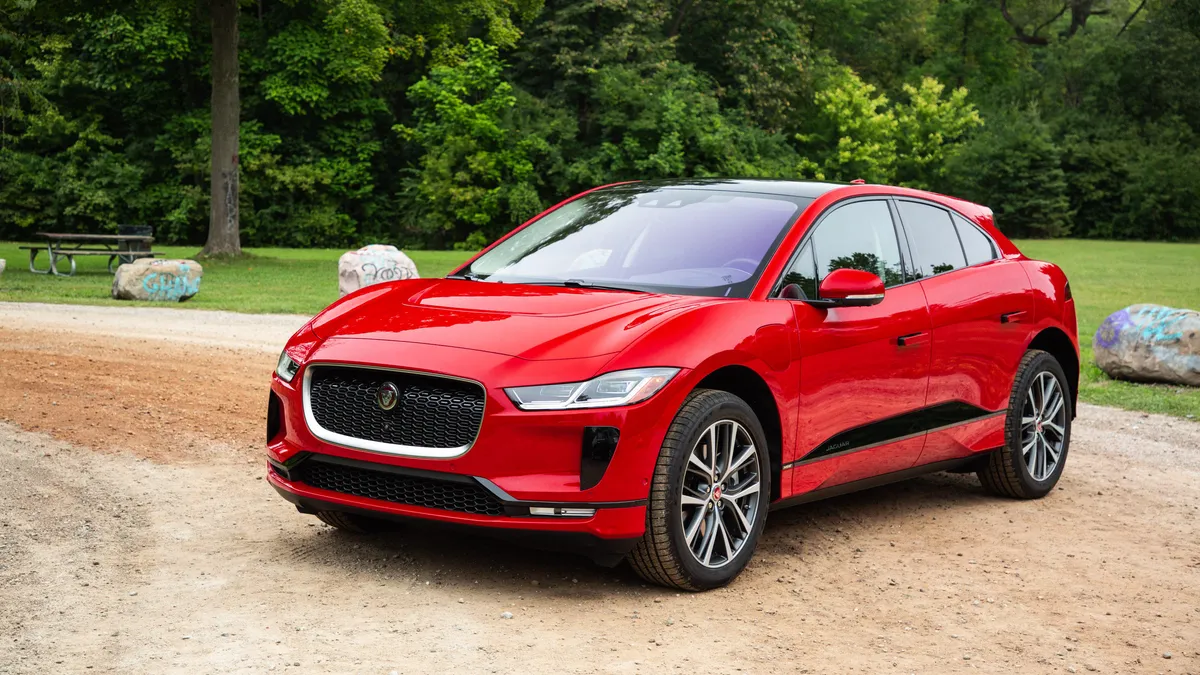
Jaguar I-PACE
The Jaguar I-PACE entered the market as one of the first luxury electric SUVs, combining performance, style, and technology. To support its powertrain and maintain battery health, Jaguar engineered an intricate thermal management system featuring multiple cooling loops, dedicated refrigerant circuits, and integration with the vehicle’s HVAC system.
This elaborate setup was designed to cool the battery pack, motors, and power electronics independently, managing the significant heat generated during performance driving and charging.
Despite the system’s sophistication, the I-PACE has been known to experience thermal issues, especially in hot climates or under heavy load conditions like sustained fast charging or spirited driving. Battery temperatures have been reported to spike, leading to thermal throttling that reduces range and charging speed to protect the cells.
These limitations have affected the driving experience, with users sometimes facing unexpected power restrictions or longer charging times during peak thermal stress periods.
The complexity of the I-PACE’s cooling system introduces several engineering and operational challenges. Multiple cooling loops and heat exchangers add weight, cost, and potential points of failure, increasing the system’s maintenance requirements.
Furthermore, balancing the heat loads between the battery, motors, and electronics demands precise software management to avoid overheating any component. This intricate orchestration can be difficult to perfect, especially when operating across varied climates and driving scenarios.
Jaguar has addressed some of these issues through firmware updates and minor hardware revisions, improving thermal management over time.
However, the I-PACE example illustrates how high-performance EVs with demanding packaging constraints and significant heat generation require highly complex thermal solutions, which can create new challenges related to reliability, cost, and user satisfaction. It underscores the trade-offs manufacturers face when designing cooling systems that must juggle multiple competing priorities.
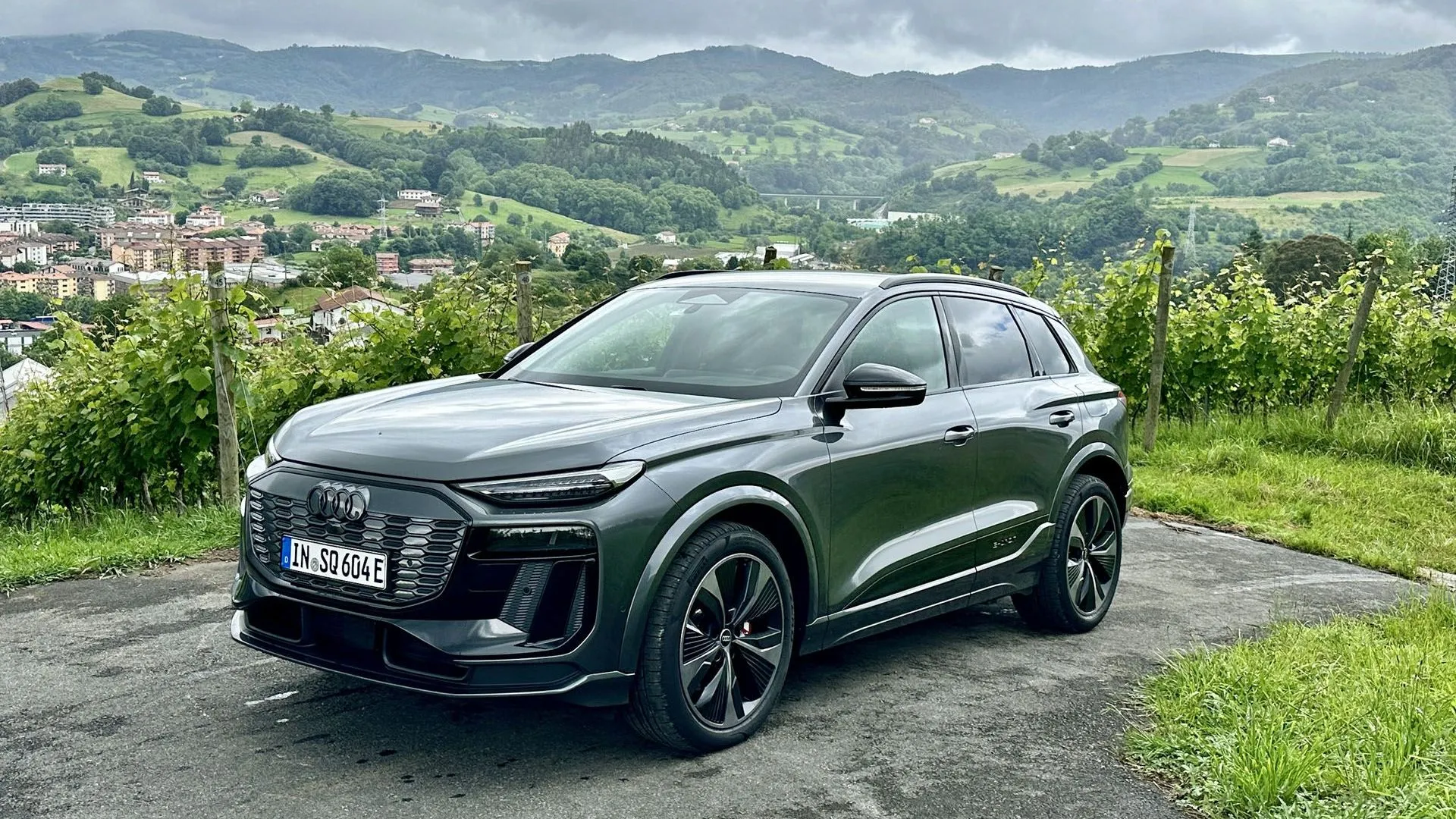
Audi e-tron
Audi’s e-tron SUV presents a highly complex thermal management system that sets it apart from more simply cooled EVs. It employs multiple independent coolant circuits to cool the battery, electric motors, and power electronics, each designed to maintain optimal temperatures for its respective components.
The system integrates with the vehicle’s climate control to maximize energy efficiency, using heat recovered from the battery and drivetrain to warm the cabin, enhancing thermal energy management.
Despite this advanced design, the Audi e-tron has faced challenges related to thermal management, particularly during fast charging sessions in warmer ambient temperatures.
The large battery pack can generate significant heat when charged at high power levels, sometimes overwhelming the cooling system’s capacity. This results in thermal throttling, where charging speeds are temporarily reduced to prevent overheating, leading to longer charging times and reduced convenience for drivers.
Additionally, the complexity of the e-tron’s multi-loop cooling system increases maintenance demands and potential points of failure. More components, pumps, and sensors mean a higher likelihood of faults developing over the vehicle’s lifetime.
This adds to service costs and could impact customer satisfaction if thermal system failures affect vehicle performance or safety. Ensuring that the system functions correctly across various climates requires sophisticated software controls that actively manage coolant flow and temperature distribution, a challenging task in itself.
Audi’s e-tron experience demonstrates the engineering trade-offs inherent in deploying complex thermal management systems.
While the system enables high power output and rapid charging capabilities necessary for competitive performance, it also increases the vehicle’s operational complexity. Managing this balance is critical to delivering a smooth user experience while preserving battery health and vehicle reliability.
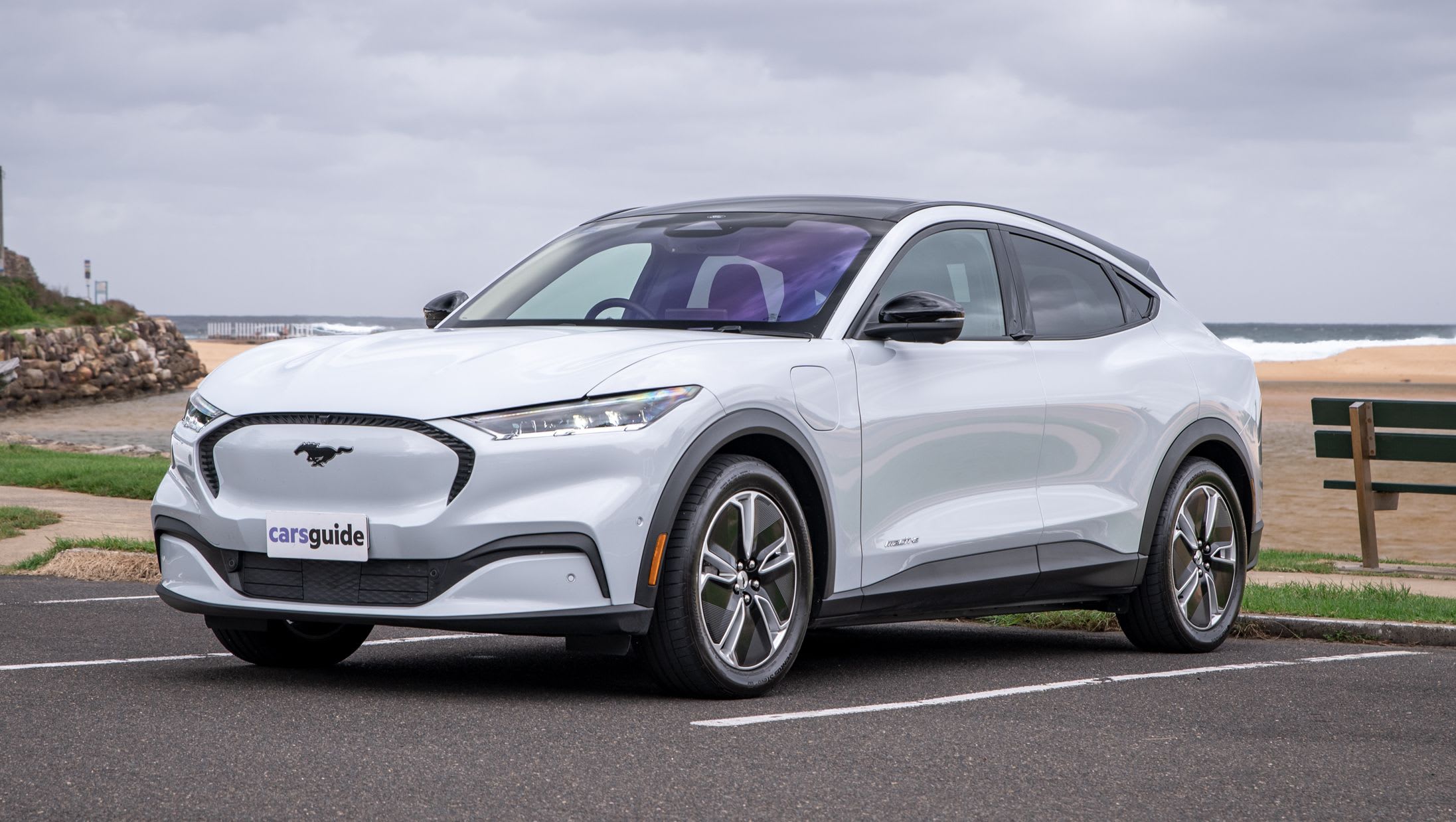
Ford Mustang Mach-E
The Ford Mustang Mach-E represents Ford’s ambitious entry into the electric vehicle market, blending iconic performance with modern EV technology.
To support its battery and powertrain, Ford developed a comprehensive thermal management system incorporating multiple cooling loops for the battery pack, electric motors, and power electronics. The Mach-E also uses a heat pump system to improve heating efficiency and extend range in cold weather, reflecting a sophisticated approach to thermal control.
However, early production models of the Mach-E experienced some thermal management issues, particularly during extended periods of high power output or rapid DC fast charging in warm conditions.
Users reported instances of thermal throttling where the battery temperature rose enough to trigger temporary power reductions or slower charging to prevent overheating. These limitations sometimes affected the vehicle’s usability during long trips or aggressive driving.
The complexity of the Mach-E’s thermal system also raises challenges related to integration and software control. Coordinating multiple cooling loops and managing heat transfer among the battery, motors, and cabin heating system requires advanced control strategies.
Early firmware versions had to be updated to better balance thermal loads and improve system responsiveness. This highlights the dynamic nature of thermal management development, especially as vehicles face real-world operating conditions not fully predictable during design.
Moreover, the Mach-E’s multi-loop cooling architecture increases maintenance and potential repair complexity. More components mean higher potential points of failure, which could translate into higher ownership costs over time.
Ford’s efforts to refine the system through updates have mitigated some concerns, but the Mach-E’s thermal management experience illustrates how balancing advanced thermal control with reliability and user satisfaction remains a key challenge in modern EV design.
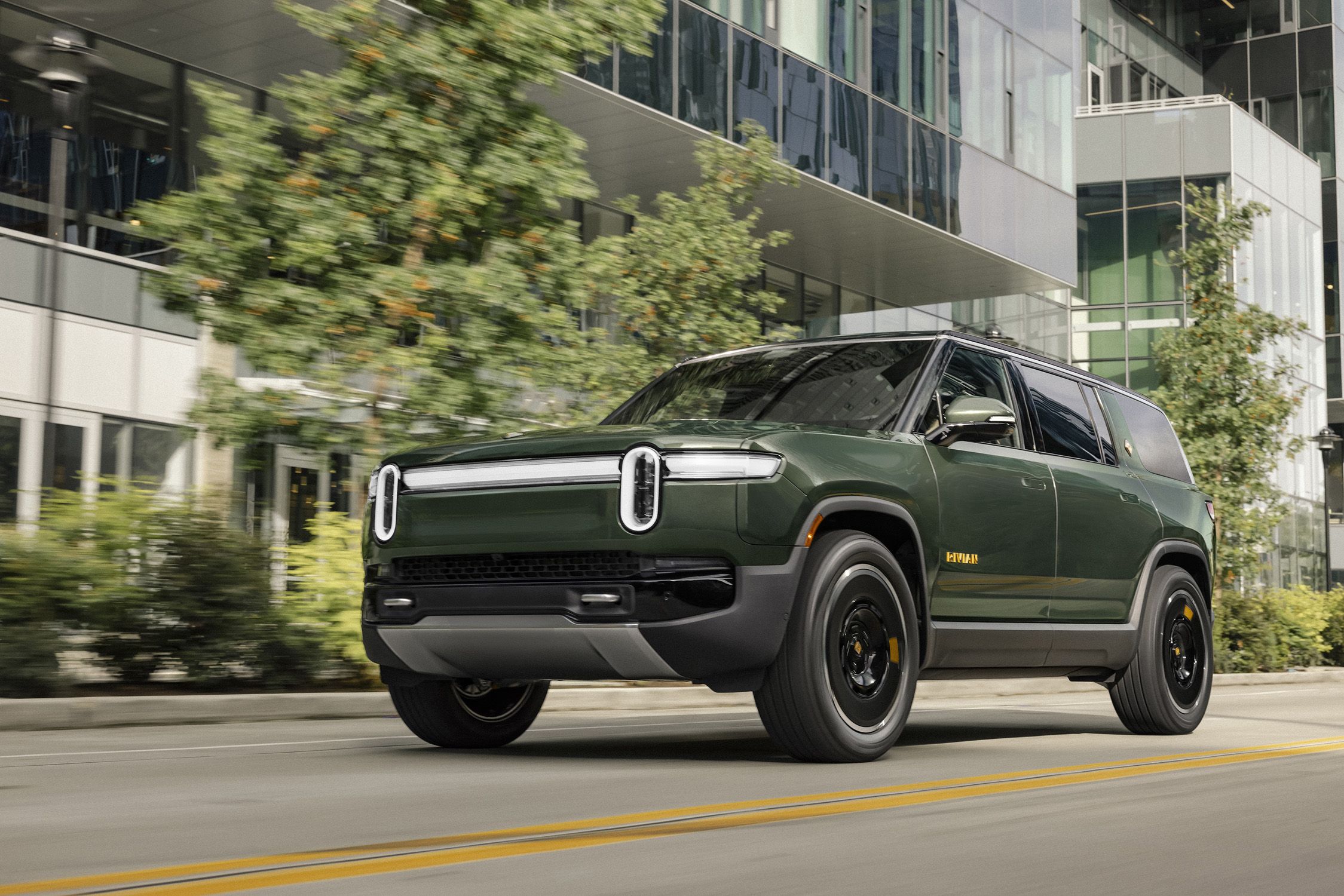
Rivian R1T
Rivian’s R1T electric pickup is a pioneering vehicle combining off-road capability with electric performance, but its ambitious design has led to significant thermal management challenges.
The R1T’s large battery pack and dual-motor setup generate substantial heat during demanding use cases like towing, off-roading, or rapid charging. To address this, Rivian designed a multi-circuit liquid cooling system that independently manages temperatures for the battery, motors, and inverters.
Despite this sophisticated approach, the R1T has encountered issues with heat buildup, especially during extended periods of heavy use. Managing thermal loads under these tough conditions is particularly challenging because the vehicle must balance peak performance with component longevity and safety.
Heat buildup can lead to temporary power reductions or charging slowdowns, which impact the user experience and the vehicle’s reputation for rugged dependability.
The complexity of the R1T’s cooling system adds engineering and operational challenges. Multiple coolant circuits, pumps, and heat exchangers increase vehicle weight, cost, and the potential for maintenance problems.
Additionally, the system requires advanced software controls to dynamically adjust coolant flow and balance temperature across components. This sophisticated thermal management strategy is necessary but also increases production complexity and servicing requirements.
Rivian’s ongoing refinement of the R1T’s thermal management underscores the difficulties in designing cooling systems for EVs intended for demanding real-world conditions. Balancing robust thermal control with reliability, cost, and performance is a tough engineering puzzle, especially in vehicles that push the boundaries of electric mobility beyond typical passenger cars.
Also Read: 10 Best Car Models That Improved in New Generations
Thermal management stands as one of the most crucial and complex aspects of electric vehicle design. As electric vehicles continue to evolve, the methods manufacturers use to cool batteries and power electronics significantly influence vehicle performance, safety, longevity, and customer satisfaction.
This article has highlighted two contrasting approaches: relatively simple cooling systems that prioritize reliability and efficiency through minimal complexity, and intricate thermal architectures that strive to extract maximum performance but often bring their own challenges.
Electric vehicles with simple cooling systems, such as the Nissan Leaf, Chevrolet Bolt EV, BMW i3, Hyundai Kona Electric, and early Tesla Model 3 models, have demonstrated the advantages of simplicity in thermal management.
Their designs rely on straightforward air cooling or single-loop liquid cooling, resulting in systems that are easier to manufacture, maintain, and troubleshoot.
These vehicles generally perform well under typical driving conditions and moderate climates, offering owners peace of mind through fewer mechanical components and lower long-term maintenance costs.
While these systems may impose limits on sustained fast charging or high-performance driving, they represent an effective compromise for many users, especially those prioritizing cost and reliability over peak capabilities.
On the other hand, electric vehicles equipped with complex thermal systems such as early Tesla Model S versions, Jaguar I-PACE, Audi e-tron, Ford Mustang Mach-E, and Rivian R1T illustrate the engineering challenges of managing heat in larger, higher-powered battery packs and drivetrains.
These vehicles utilize multi-loop cooling systems, heat exchangers, refrigerant circuits, and integrated HVAC thermal management to regulate temperatures across various components actively.
The increased sophistication enables better performance, faster charging, and enhanced cabin comfort, but it also introduces more potential points of failure, higher production and maintenance costs, and user experiences sometimes affected by thermal throttling during extreme use.
The complex nature of these systems means manufacturers must constantly refine software controls and hardware components to optimize thermal balance, a process that continues as battery technology and vehicle demands evolve.
The experiences of these two groups of electric vehicles emphasize the inherent trade-offs in thermal management design. No single solution fits all applications, and vehicle designers must weigh factors such as vehicle size, intended usage, climate considerations, cost targets, and performance goals.
For many consumers, simpler cooling systems provide a dependable and cost-effective introduction to electric driving, making EV ownership accessible and practical.
Meanwhile, enthusiasts and users with more demanding requirements benefit from complex systems that push technological boundaries but require greater attention to system health and maintenance.
Looking ahead, advancements in battery chemistry, materials science, and thermal control technologies promise to reshape the industry once again. Solid-state batteries, improved cooling fluids, and more integrated vehicle thermal architectures may reduce the current trade-offs between simplicity and performance.
Until then, understanding the strengths and limitations of current cooling systems helps buyers make informed choices and manufacturers develop better solutions that meet diverse needs.
The thermal management of electric vehicles is a balancing act between complexity, cost, reliability, and performance. By examining both simple and complex cooling system examples, it becomes clear that each approach has its place in the evolving EV market.
Whether prioritizing long-term durability or maximum power output, thermal systems remain fundamental to unlocking the full potential of electric mobility while ensuring safety and satisfaction for drivers worldwide.

